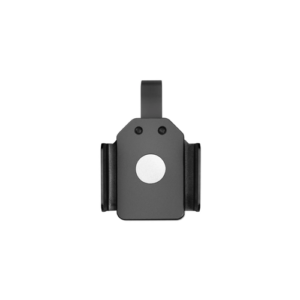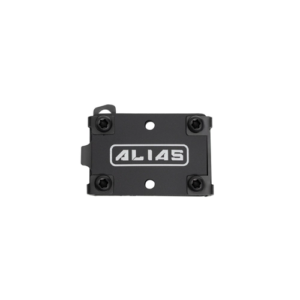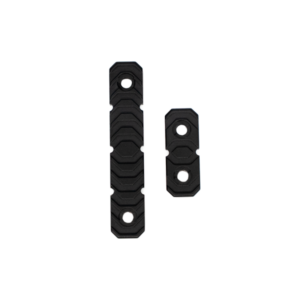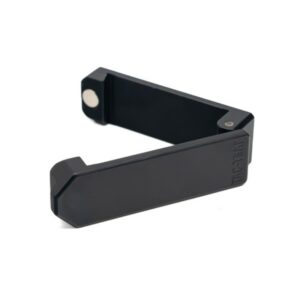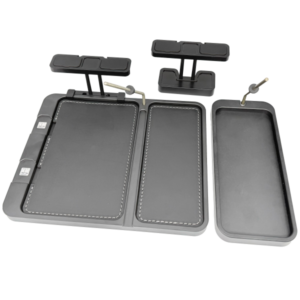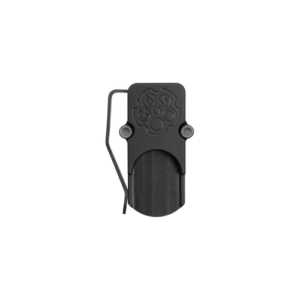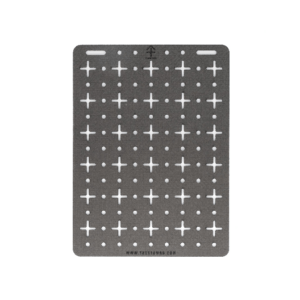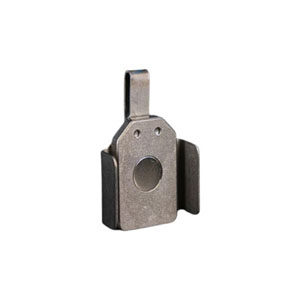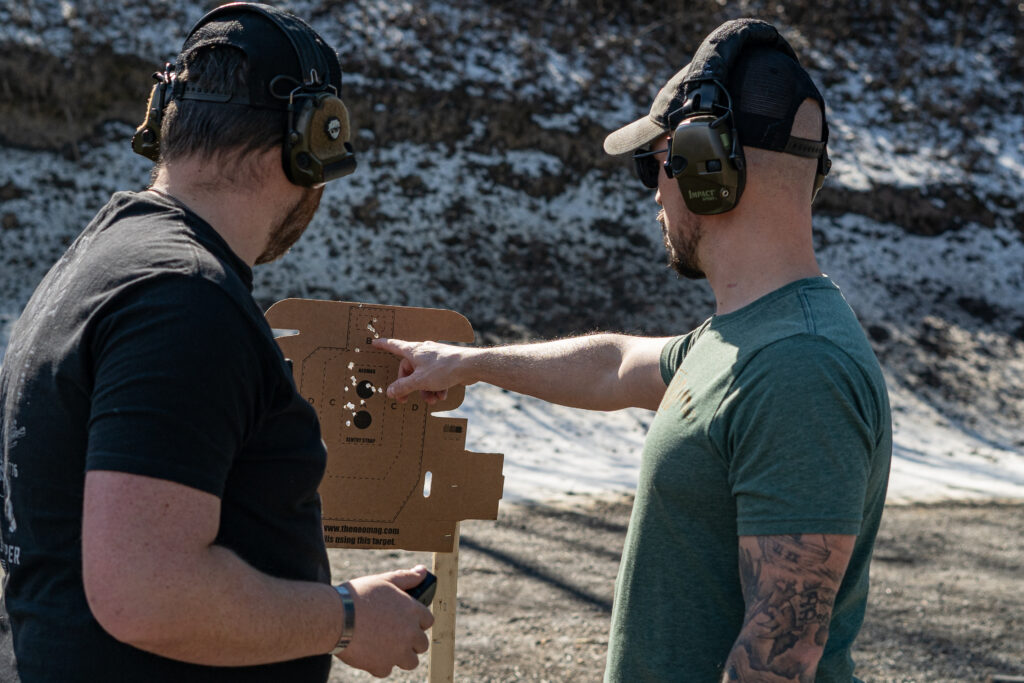
How to Have a Successful Training Day at the Shooting Range
A successful training day at the shooting range isn’t just about hitting bullseyes; it’s about preparation, mindset, and continual improvement. Whether you’re a seasoned concealed carrier or new to firearms, making the most of your time at the range ensures you’re not just practicing, but training with purpose. Here’s how to maximize your shooting range session from start to finish.
1. Set Clear Objectives
Before you even load your gear into the car, determine what you want to achieve. Are you working on speed, accuracy, drawing from concealment, or malfunction drills? Setting one or two specific goals keeps your session focused. Write them down and refer to them during your training.
2. Gear Check and Preparation
Pack your gear the night before. Essentials include your firearm, ammunition, eye and ear protection, a hat, a range bag, targets, a shot timer, a first aid kit, and any tools you might need for maintenance. I find keeping my range bag organized saves valuable time at the range so I’m not digging around trying to find things. Our Plus Up Panels are a great low-cost option for organization.
I make sure I have all of my Alias accessories ready so I can quickly swap to OWB (outside waist band) training.
Pro Tip: I like to load all of my magazines that I plan on using the day before. This saves valuable time at the range. I also like to keep one magazine empty so I can practice drills that require only a few shots before the reload.
Test your gear at home. Being prepared avoids wasting time at the range fixing preventable issues.
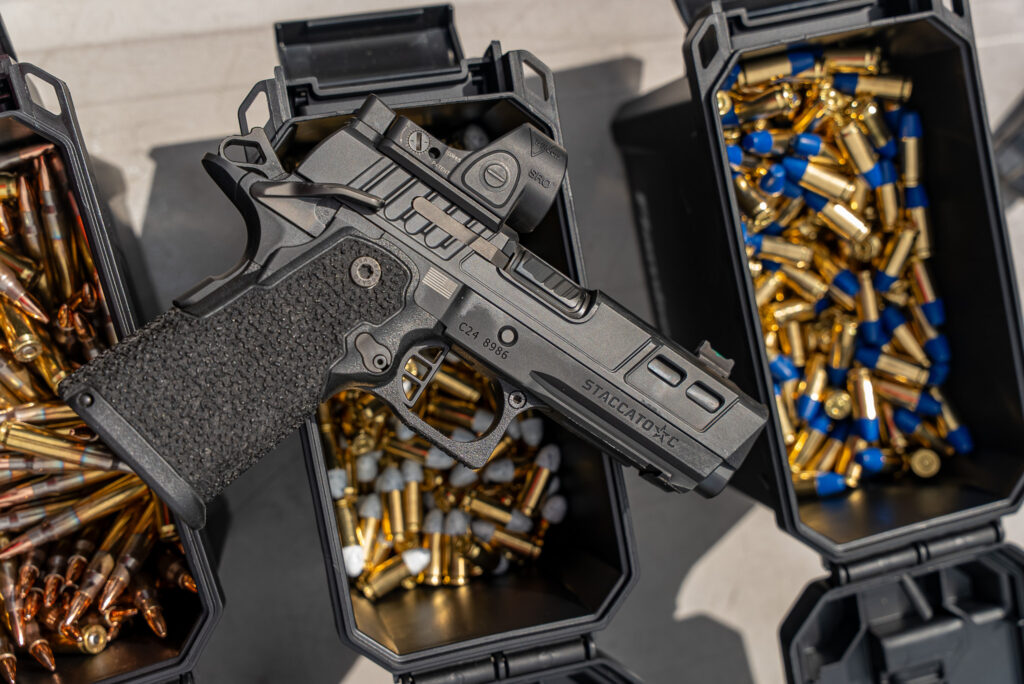
3. Dress Appropriately
Don’t over think this, and don’t dress like you’re heading to the front lines. If you are practicing concealed carry then wear clothing that you would normally wear every day.
Training in all seasons and weather is important. Don’t let the rain, snow, hot or cold keep you from the range. Learning how to draw safely with lots of layers, or when you’re sweaty is great real world practice. Ladies avoid low-cut tops (hot brass is unforgiving), and wear sturdy shoes.
4. Warm-Up and Safety Review
Start with a brief warm-up. Dry-fire practice (with a cleared weapon) can help you focus on trigger control and grip. Go over range safety rules, even if you’re familiar with them. Complacency leads to accidents.
5. Structured Drills and Tracking Progress
Plan a series of drills that align with your goals. Examples include:
- Slow-fire accuracy at varied distances
- Draw-and-fire drills
- Reload drills from the NeoMag
- Shooting on the move
- Malfunction clearing
Use a shot timer to track your speed and note your accuracy. Bring a notebook or use a shooting app to log your results. This data helps identify strengths and weaknesses for future sessions.
There are some great shooting standards drills like the Black Belt Standards by our friend Scott at Modern Samaurai Project, or the Point One Tactics Cold Standards are a great drill that is low round count but will push you to improve.
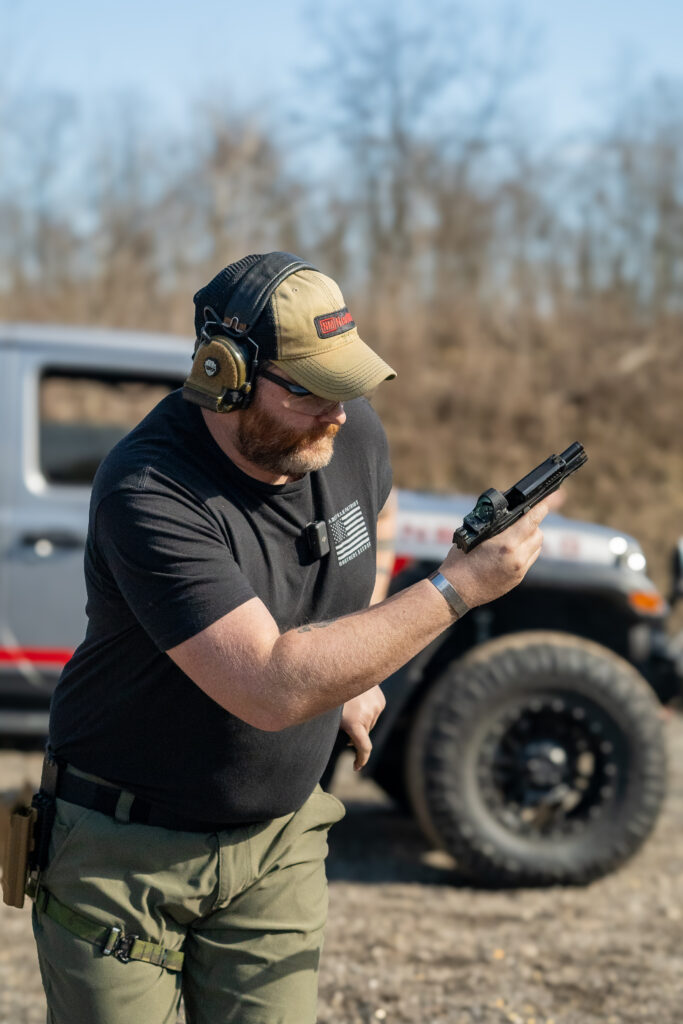
6. Focus on Fundamentals
Training days aren’t competitions. Slow down and focus on grip, stance, sight alignment, and trigger control. Speed comes from efficiency and repetition. Practicing sloppily at high speed just reinforces bad habits.
7. Incorporate Realism
If your range allows, practice with your EDC setup, including drawing from concealment. Add stress by setting time limits or using scenario-based drills. Realistic training improves your preparedness for real-world encounters.
8. Take Breaks and Stay Hydrated
Fatigue leads to poor performance and potential safety lapses. Take short breaks, hydrate, and review your performance. Use downtime to analyze your target patterns and adjust your drills as needed.
9. Debrief and Reflect
At the end of your session, take time to debrief. What went well? What needs work? Did you meet your goals? Reflection turns practice into purposeful training.
10. Clean and Store Your Gear
After the range, clean your firearm and inspect your gear. This habit ensures reliability and safety. Restock your range bag and make notes for your next session.
Bonus Tips for a More Productive Range Day
- Bring a friend to act as a coach or safety buddy.
- Video your drills to analyze technique.
- Mix in mental training like visualization and decision-making under pressure.
Conclusion
What did we miss? What do you like to do to prepare for the range? What are your favorite drills to practice with to improve your skillset? Let us know in the comments below.


